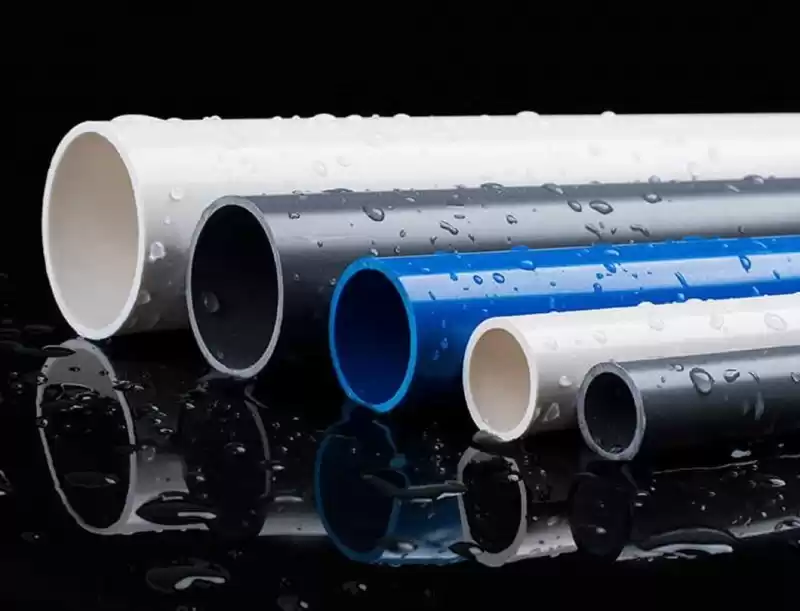CPVC Pipe Is More Suitable For Commercial And Industrial Applications
January 20, 2022
PVC pipe is a widely recognized modern alternative to metal piping, which is made of polyvinyl chloride, a widely used thermoplastic material that can be molded into different shapes. CPVC is always described as a ‘cousin’ to PVC pipe. CPVC is able to safely handle higher temperatures than PVC, up to 200 degrees Fahrenheit. CPVC is altered by a free radical chlorination reaction that increases the chlorine content of the pipe. It’s more suited for higher temperature water (specially rated to work well with hot water applications while it has become widely used for both hot and cold potable water), and certain kinds of chemicals. CPVC, Chlorinated Poly Vinyl Chloride, is a glue or solvent-welded system that has piping available from 3/8″ though 1-1/4″. CPVC piping system is based on glue on, or more technically “solvent welded” fittings and joints. The piping is available in nominal lengths between 8 to 16 ft and is normally ivory color in appearance. Even if the fittings and parts look similar to regular white PVC, the two systems are not compatible—and they require a different kind of glue. CPVC is based on the same outside diameter as traditional copper piping and utilizes the ivory color to help distinguish it from regular PVC piping. “The more resistant properties of CPVC make it useful for commercial and industrial applications as well. Due to its wider range of applications, CPVC is usually pricier than PVC.” CPVC Pipe Factory is more expensive than PVC pipe but can be used in more builds while it’s able to withstand a much wider range of temperatures and more chemicals than PVC pipe. This attribute means that many building codes require the use of CPVC instead of PVC.

